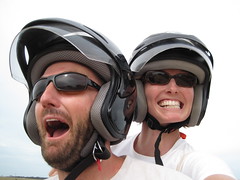Forget chicken buses, those things are downright luxurious after traveling in a rickety Bolivian cattle truck with 50 compañeros, their cargo, and an occaisonal farm animal. Over the mountainous terrain, travel is slow. Indeed, it took us nearly three hours to cover 30 kilometers on the way back from our trek in the Cordillera de los Frailes outside of Sucre.
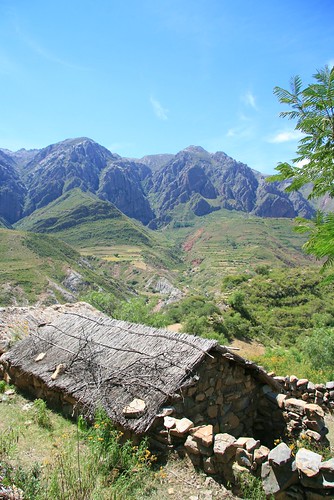
Típico Bolivian highland dwelling, Maragua
Transportation to rural villages is severely limited, making tourist travel difficult and bringing goods to market nearly impossible for local farmers. Some villages have camión transportation once per week, others not at all, meaning long, strenuous walks to the nearest road. Hiking is a necessity, not a pastime in Bolivia, which may explain the puzzled looks from the locals who saw us carrying three days worth of gear for fun.

At the trailhead, not feeling all that ready for the days ahead, Chataquila, Bolivia
The mountain scenery was beautiful as usual, but the trek was made difficult by residual fatigue and tummy tenderness following our maratón de vómitos in Sucre. Chewing coca leaves as the locals do helped to relieve some of the nausea. Supposedly it helps make strenuous activity less exhausting, though I'm not sure we experienced that effect. We had to cut the route short a bit and missed seeing the dinousaur tracks (there are hundreds of them around Sucre!), but we did see some homespun Jalq'a weaving, the bizarre Maragua crater, and colorful painted walls of the quebrada.
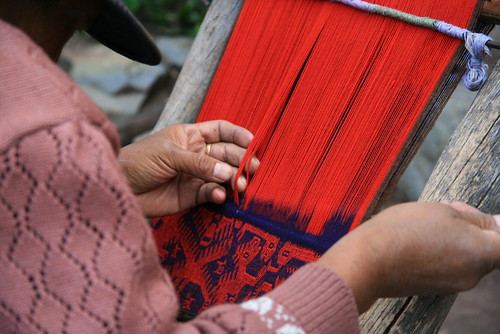
Jalq'a weaver, Maragua

Inside the Devil's Throat, Maragua
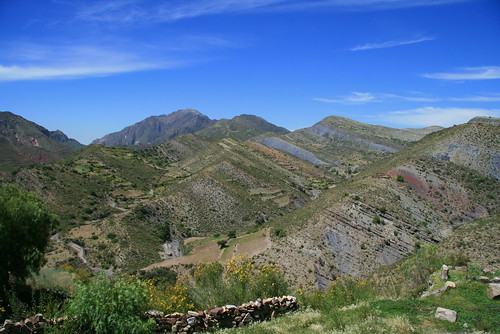
Painted quebrada, Maragua Crater
Upon our return to the city, we further entertained our interests in local weaving with a trip to the ASUR museum, which documents the history and ongoing traditions of weaving among several indigenous groups in Southern Bolivia. They had immaculate works on display and demos done by local weavers. ASUR's Arte Indígena program aims to revitalize indigenous weaving techniques that are gradually being lost among younger generations, and to develop production, marketing, and sales strategies in small villages. As local livelihoods are restored, it stems the need for urban migration, which has had a negative impact on the health and well being of many rural indigenous communities.

Sucre sunset
Reading the newspaper has proved to be good Spanish practice, and the current political scene in Bolivia is fascinating. Evo Morales is Latin America's first indigenous president, and he has not hesitated to challenge the status quo. For starters, he wears traditional Aymara clothing, having sworn off the suit and tie of the establishment after completing his educational scholarship and focusing his energy on the rights of the working poor. To kick off his second presidential term (2010-2015), he mandated that government officials learn an indigenous language--Quechua, Aymara, or Guaraní--so as to better serve the nation's rural pueblos. (Well over half of Bolivia's population claims indigenous heritage, and for many Spanish is a second language, or one they don't speak at all). Evo also made some title changes, such that government ministers (of health, justice, etc.) will no longer be called ministros but servidores, so as to underscore their duty of service to the people, rather than idle administration.
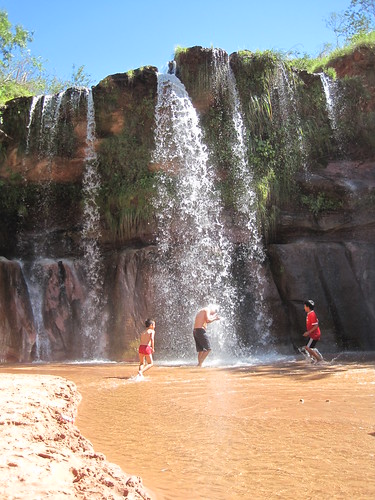
Devin takes a dip, Cuevas, Bolivia. (Thank you, Karla and Patrick for helping us experience the beauty of Bolivia!)
After some quick Spanish lessons (Quechua is next!), we headed to Santa Cruz in the lowlands of the pampa and the Amazon Basin. Most tourists in Bolivia seem to follow the path of least resistance straight through the country, so we attempted to detour off the gringo highway a bit with a trip east. We traded a 16-hour bus ride for a reasonably priced 30-minute flight, and quickly arrived in the steamy lowlands. We made base camp in Samaipata, a small village-turned-expat-enclave in the temperate hills between the Andes and the Amazon. There's not much on offer in the village except a mild climate and good international cuisine; a nice place to rest up and enjoy the Tex-Mex breakfast at our guesthouse. First refried beans since leaving California!
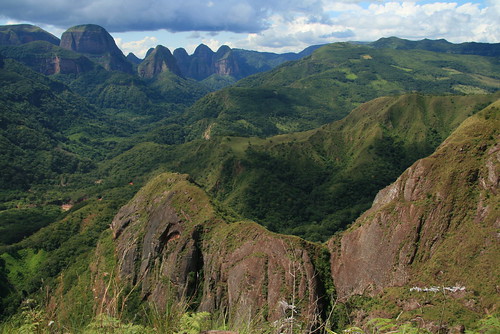
Mirador view, Parque Nacional Amboró, Bolivia
Samaipata is definitely on its way to becoming a tourist hotspot, but for the moment many of the nearby attractions are pretty hard to reach. Limited trails and no maps of the national parks make a local guide a necessity. As usual, we opted out of organized tour groups and made an attempt on our own. We hiked into a small farming village at the edge of Amboró National Park, where three local families are developing an ecotourism venture.

Up to our ankles in bugs, PN Amboró
We camped in a grassy field teeming with insect life, were fed enormous meals from Justa's kitchen, and were taken on daily nature hikes with spry Camilo. Devin made the cardinal mistake of cleaning his plate at our first two meals, and the portions nearly doubled in size after that. All of the food came from Justa and Camilo's nearby farm--corn, yucca, veggies, fruit, eggs, and an entire chicken slaughtered just for us.
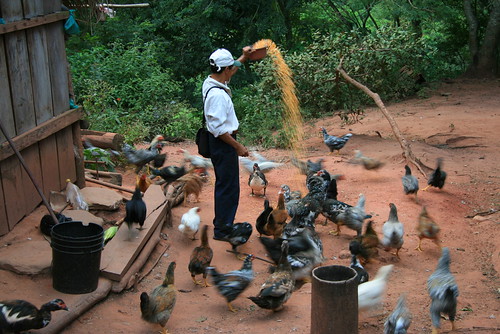
Camilo serves up dinner
The remote jungle wilderness scenery was spectacular, and in a rare stroke of luck we seem to have visited at just the right time. The hike-in keeps the riff raff out for the moment, but the tractor arrived literally the day before we did to begin building a road to the community. Accessibility will surely make the refugio more popular among travelers, but will likely take away the peaceful solitude we so enjoyed.
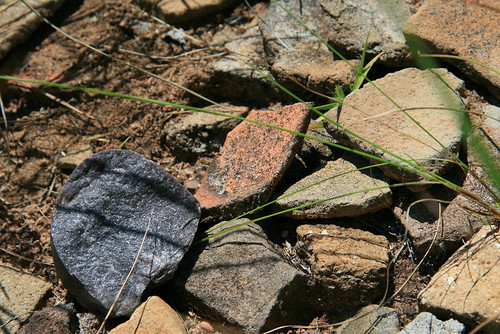
Camilo finds heaps of pottery shards when he tills his fields
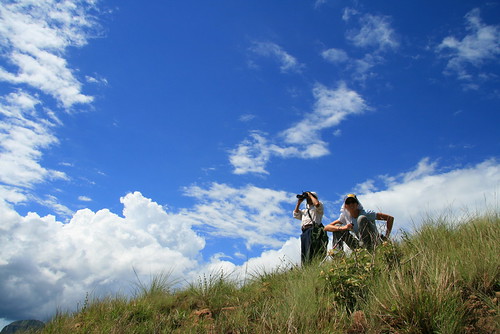
Birding, Amboró National Park
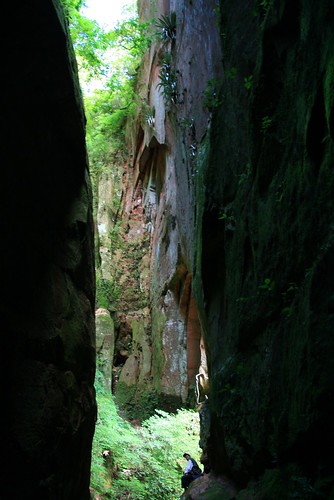
Natural Cave, Amboró National Park
Well, partial solitude that is; the bugs definitely kept us company. A hungry grasshopper or some other unknown, multi-legged, mandible-equipped creature chewed a hole right through our tent window. Who knew the Half Dome was so tasty? And there's no duct tape to be found in Bolivia! But nevermind the grasshoppers, the tiny ticks were the worst--barely visible little buggers that we spent hours hunting down and removing with a headlamp and tweezers. Ah, honeymoon romance!

Amazonian cosmetics, Amboró
After a week or so we left the bugs behind and returned to the highlands. A mandatory stopover in La Paz allowed us to get laundry done, arrange transpo to Peru, and be reminded that big cities aren't our favorite. Especially this one. The snowy mountain peaks are breathtaking, but the traffic here makes a place like Mexico City seem muy tranquilo. The entire city centro is essentially a marketplace, with vendor stalls, push carts, taxis, and countless recycled Japanese minibuses battling for space on the narrow streets that wind their way up the sides of the quebrada. Devin has been searching for a Fukuoka microbus since Potosí, but no dice.

Save the neck for me, Clark. La Paz, Bolivia
The mortal fear we experienced crossing the street in La Paz was tempered by the availability of some fantastic cuisine (veggie samosas!) and plentiful shopping. The textile fetish no longer belongs to Oriana alone; Devin too has become an artesanía-seeker. Weavings, artwork, and stacks of knitted woolen goods are on offer at every street corner. Meanwhile, the packs aren't getting any lighter...

Two days was plenty. Leaving La Paz, Bolivia.
In other news, our rockin' Spanish language skills helped us avoid a potential robbery in La Paz, as our shady cab driver was clearly giving directions and making covert plans with someone on his cell phone (voy a tratar de convencerles...), while telling us he could only drop us off two blocks from our hotel because of traffic restrictions. Um, yah. Then we'll just pick a hotel where you can let us off right in front.
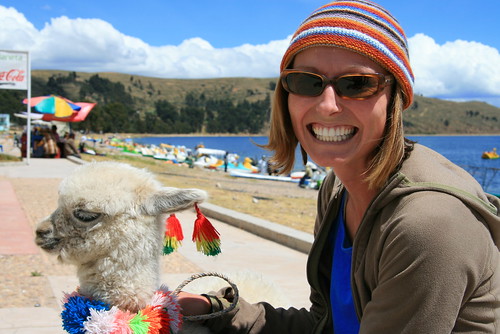
cien porciento baby alpaca (the hat and the new friend). We had spent the last of our Bolivianos, so we bartered for a photo with a package of Oreos. The kids accepted this international currency without hesitation. Copacabana, Bolivia.

Fishing for tourists, Copa
From the highest capital city in the world, we headed to even greater heights in Puno, Peru. On the shore of the enormous and magnificent Lake Titicaca, we boarded a painfully slow boat to Isla Amantaní, where we were matched up with a local family offering lodging to travelers. As long as we avoided other tourists, island life was like visiting another era. Families survive on subsistence farming of their terraces as they have for thousands of years, and there are no cars or electricity. Women weave and knit, and take charge of countless exhausting household chores--hauling water, hand-washing clothes for a family of eight, threshing and grinding wheat a mano.
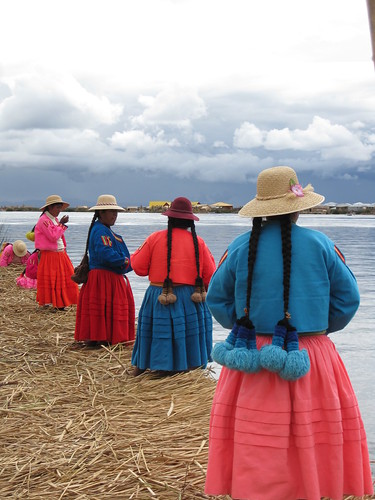
Quick stop at Islas Flotantas, Uros, Lago Titicaca
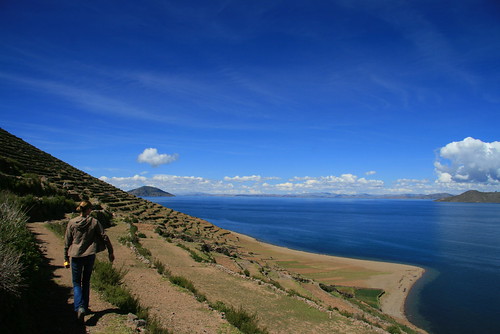
Searching for the Trono del Inca, Isla Amantaní
The islanders lead a simple way of life, but with good basic public health measures that impressed Oriana's watchful eye: latrine sanitation at every household and public building, chimneys over the wood-burning fire to preserve indoor air quality, relatively good dental hygiene, and a central community health center.
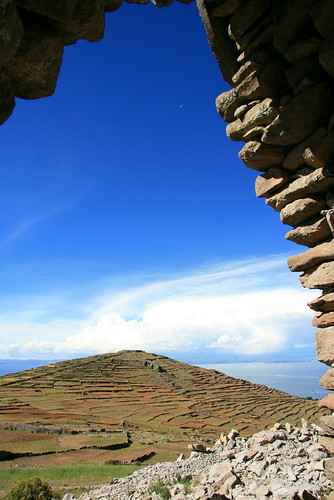
Pachatata ceremonial center and the waxing moon, from atop Pachamama
Upon arrival, six-year-old Cinthia was our guide to the ruins of the Pachamama and Pachatata (Mother Earth and Father Earth) ceremonial centers, dressed in her best traditional garb to lure in photo-snapping, trinket-buying tourists.
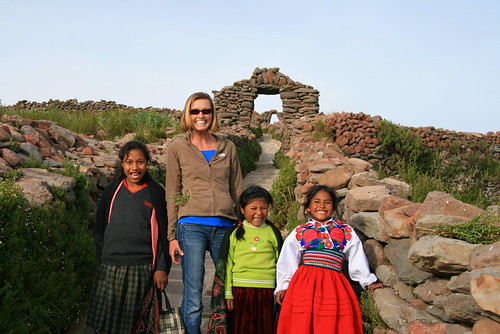
Cinthia (far right) and friends, our hyper-active tour guides. Say 'whisky!!'
It took the five young kids in the family but a few minutes to warm up to us, and from then on it was one long series of songs and games. We sang Head, Shoulders, Knees and Toes in English, Spanish and Quechua, had several rounds of arm wrestling, and a Quechua lesson with the linguistically brilliant Wily and socially adept José Luis.
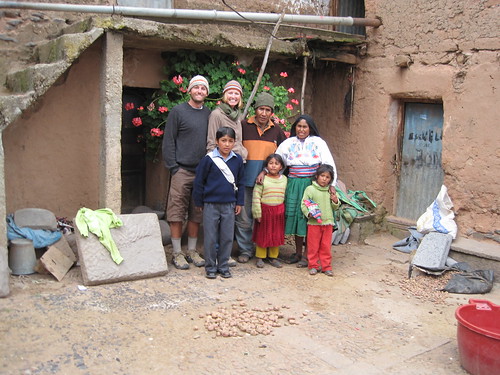
A simple random sample of the Calsín family, Santa Rosa, Isla Amantaní
The communities of Isla Amantaní seem to have struck an ideal (and perhaps fleeting) balance: welcoming tourism and the much-needed cash it supplies, while coordinating accommodations that minimize cultural impact on their way of life. Community organization and collective planning are exemplary; the island organized and hosted an international conference on rural community tourism late last year.

Pachamama
Amantaní offered a fascinating cultural experience and a good chance for a couple of city kids to experience rural life and traditional South American sustenance: quinoa and vegetable soup, mate de muña, and potatoes for every meal.

DandO ponder their next move from the Trono del Inca
The quiet, slow paced island would be a fantastic place to post up for a few weeks and practice Spanish and Quechua, get our hands dirty in the fields, bulk up on carbs. Unfortunately our time is running out (less than 6 weeks left!), and keeping up with five children is exhausting, even if they're not yours.
Peru has been great so far, markedly different from Bolivia. While Peruvian industriousness in developing tourism makes it easy to get around, commercialization of all-things Inca has been mildly disappointing. Tomorrow we head to the Colca Canyon, searching for authentic pueblos and yet another break from the city. ¡Hasta pronto!
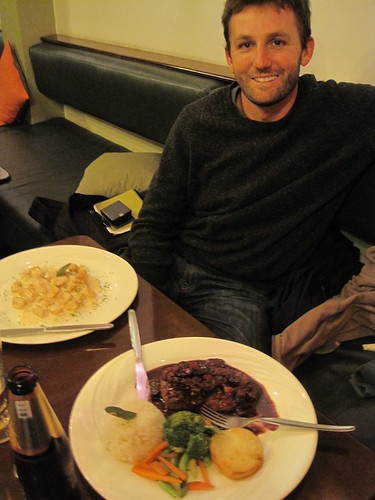
We trade in boiled potatoes for alpaca steak and sweet potato ñoquis in Puno, Peru. Thank you, Kerry! (We are still searching for a place to partake in the paragliding you purchased...)
Mas fotos abajo
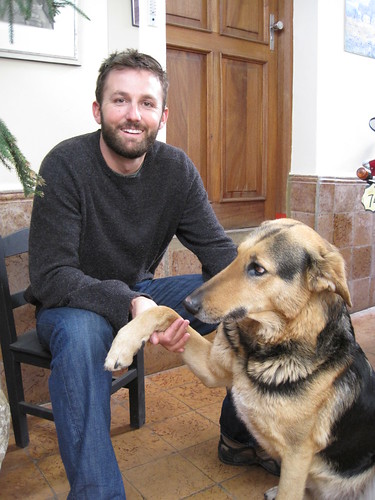
Devin and Sica-sica, Bolivia's best dog. Unfortunately we didn't have the camera on us when she followed us to the hamburger stand in her night dress.
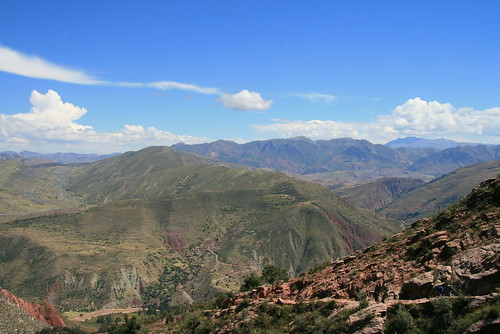
On the other Inca trail, turns out they made a few roads in their day, Sucre, Bolivia
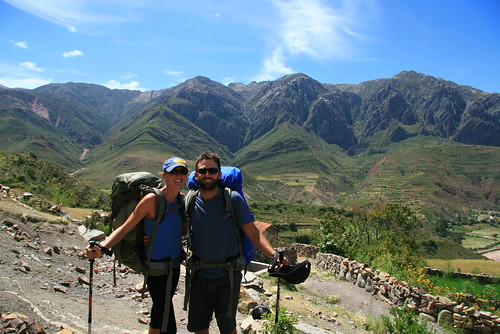
Trying to stay upright at the Maragua Crater

Maragua Crater
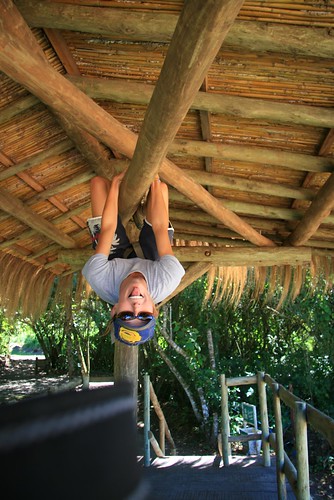
Monkeying around, El Fuerte Ruins, Samaipata

Roadside meal, Cuevas

Moto! Samaipata, Bolivia

Through the trees, Amboró National Park

Midday hike
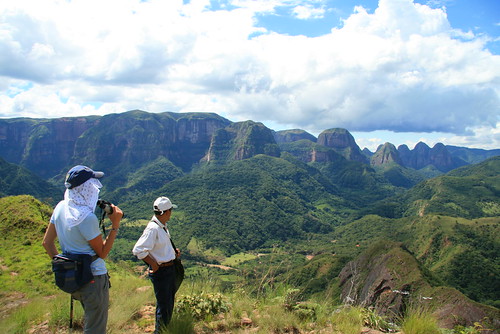
Oriana and Camilo at the mirador, Amboró National Park
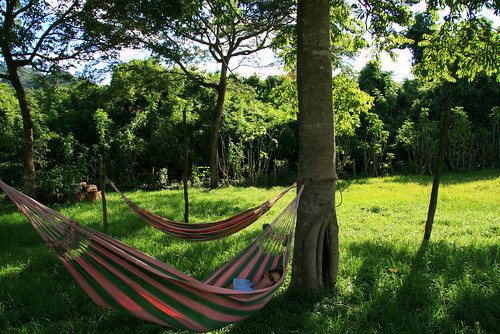
Recovering from another huge meal
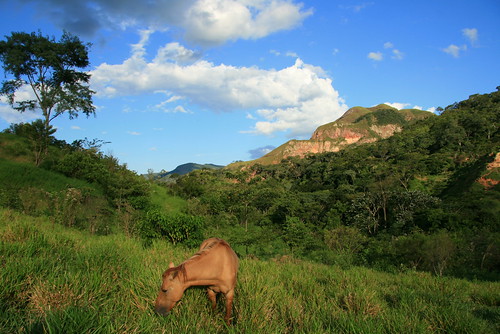
Rubio, on Camilo and Justa's farm

Oriana with warpaint and burros

View from Camilo's farm, Amboró

Choclo
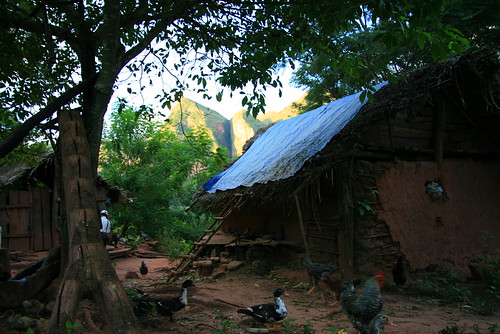
View from the farm house
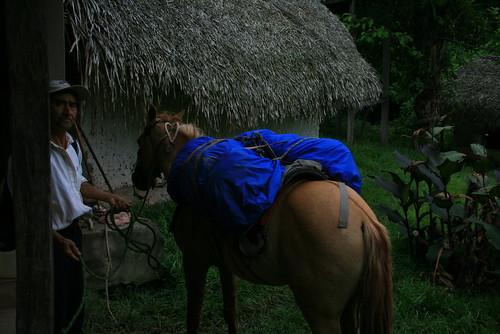
The best kind of trekking is when there's a horse to carry your pack

On the lake
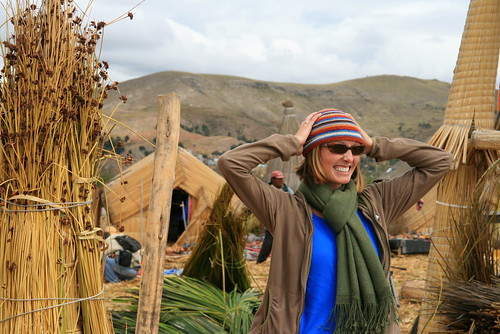
Floating Islands, Uros, Lago Titicaca, Peru
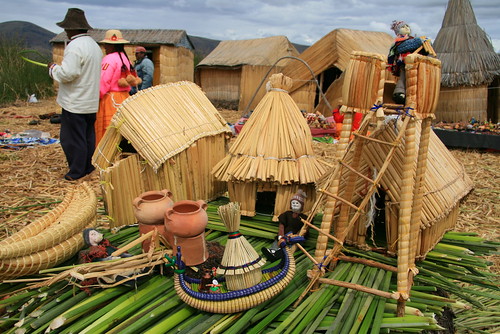
These guys make a mean shoebox diaorama, Uros

Checking the structural integrity of this one
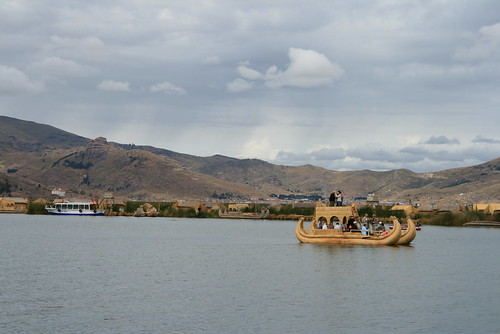
Our boat was slightly faster than this one, Uros
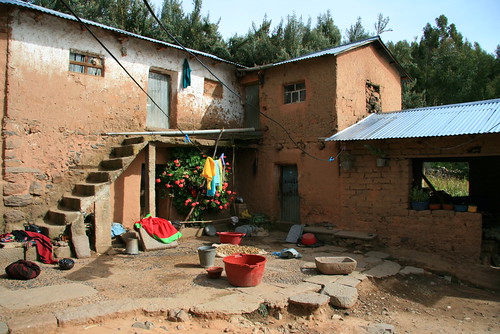
The Calsín home, Isla Amantaní
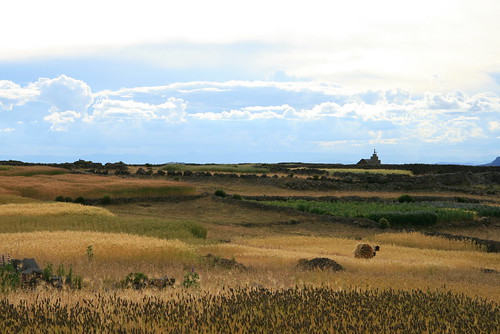
Wheat fields, Isla Amanataní
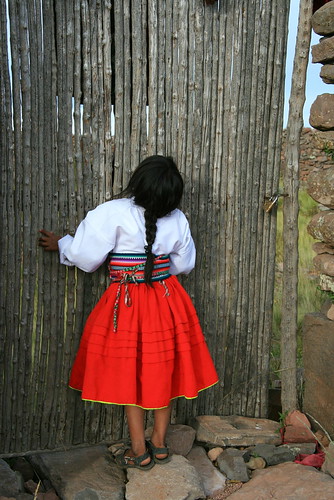
Cynthia looking deceptively tall
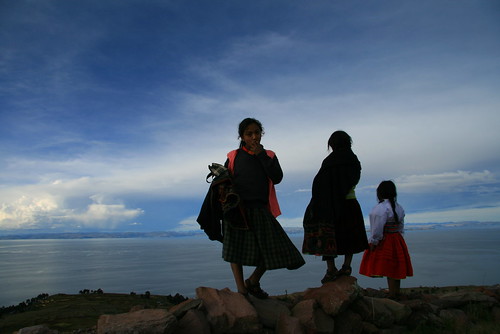
View from the top, Pachatata
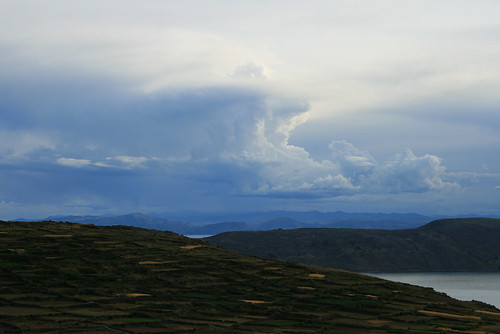
Thunderheads loom over the terraces

clear morning hike
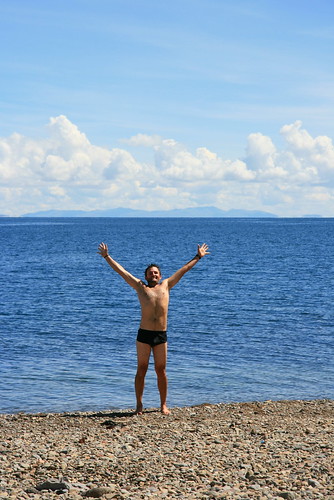
After a quick plunge in the lake

Does this need a caption?
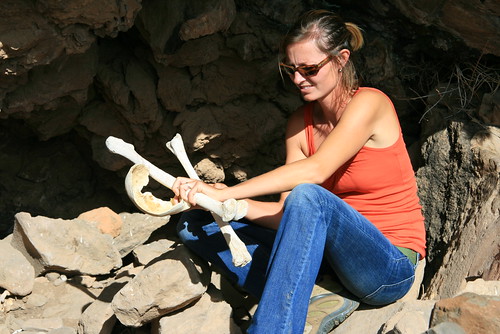
Biology lesson at the burial site, Cueva Funeraria, Amantaní
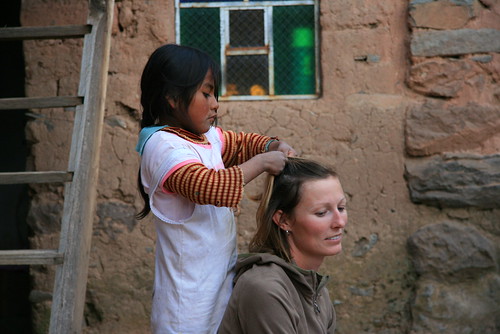
Let's play peluquería

